Climate change is putting national parks at risk. Here are some of the vulnerable ones.
National parks preserve the United States' most unique cultural sites and natural landscapes, connecting visitors to their outdoor surroundings with dramatic views, elaborate trails and endangered wildlife.
But these natural wonders are ecologically vulnerable as climate change yields weather events that are more common and extreme.
A national park vulnerability assessment completed in 2021 by the Natural Resource Stewardship and Science directorate found that nearly 75% of parks are at risk from either the gradual effects of climate change or a more high-impact climate event like sea level rise or fire.
The overall highest vulnerability scores provide insight into what parks should be prioritized based on the information currently available. The report also determined which parks need further assessment.
Just this week, numerous homes and bridges in Yellowstone National Park were destroyed, collapsing into the murky waters of Yellowstone River as record-breaking floods and dangerous mudslides continue to plague the area.
More: Home swept away as Yellowstone National Park is hit by major floods and mudslides
The National Park Service has been responsible for maintaining national parks and monuments since President Woodrow Wilson signed the "Organic Act'' in 1916. Today, NPS manages 63 parks – more than 85 million acres – in all 50 states, the District of Columbia and U.S. territories.
Scientists say that frequent shifts in biomes caused by climate change stresses the importance of national parks, which provide refuge for the most vulnerable species, conserve forests and protect watersheds that provide people with clean water.
Here's a look at some of the parks being threatened by climate change.
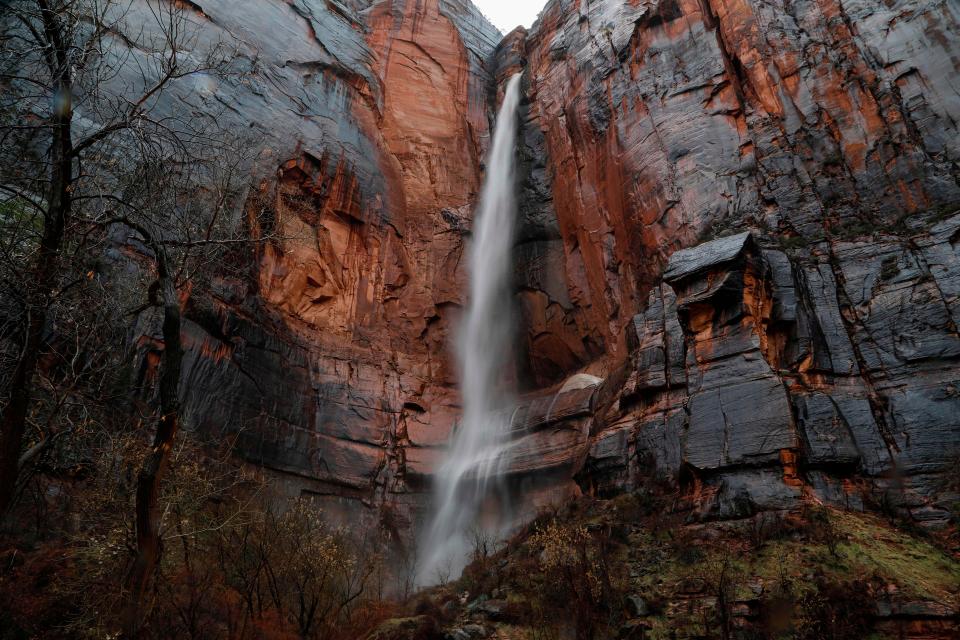
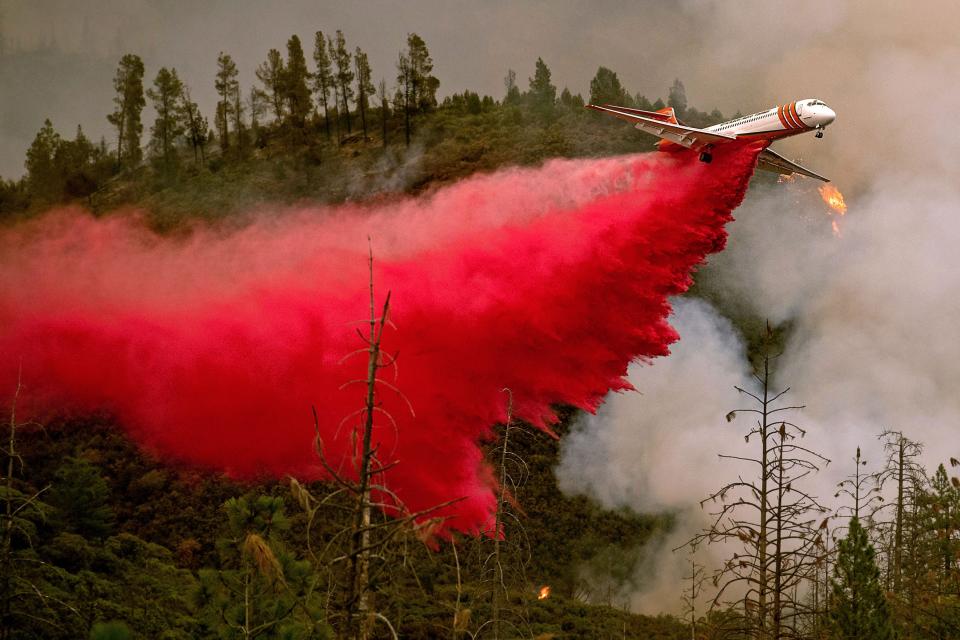
Areas that face a broad range of climate threats – parks on the Atlantic and Gulf coasts, as well as river-based parks in the middle of the country – were scored as high-impact areas and national priorities.
In the last century, these popular national parks have been hit with unprecedented challenges that – despite tireless conservation efforts by thousands of employees and volunteers – continue to bend at the whims of climate change.
Everglades
Everglades National Park's aquatic resources in Florida – which protect important habitats for endangered species like crocodiles, panthers and manatees – have made it a national priority for protection, according to the assessment.
Because the Everglades are situated at a lower elevation, the potential for flooding caused by higher ocean levels could push native wildlife who cannot survive in salt water out of the area.

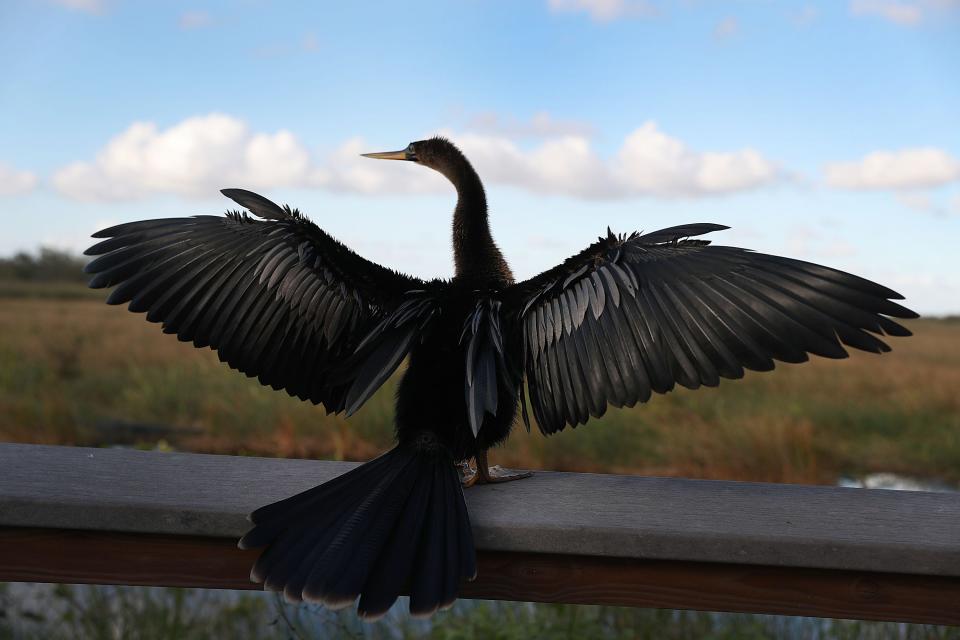
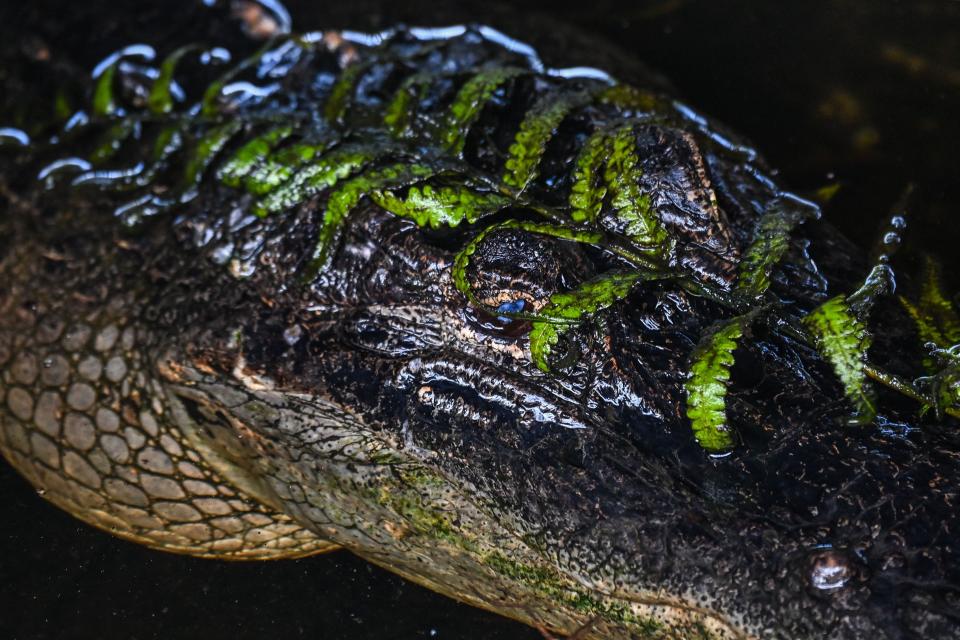
Yellowstone
Although Yellowstone National Park has a relatively low vulnerability score overall, major floods and mudslides have recently plagued the park's 2.2 million acres in Wyoming and smaller sections in Montana and Idaho.
Fire, bark beetles, warmer temperatures and drought harm key species in the nation's first national park, like white bark pine trees. Climate change and more invasive species will impact all aspects of park management and visitor experience in the future.
Rocky Mountain
Colorado's Rocky Mountain National Park includes 265,807 acres of glistening lakes, snow-covered mountains, 300 miles of hiking trails and much more.
Rocky Mountain scored as a high priority to protect due to its vulnerability and vast amount of resources. The national park has seen a 3.4-degree increase in average annual temperature over the past century, which can mean shorter winters and less water availability for plants and wildlife in the summer, according to the park.
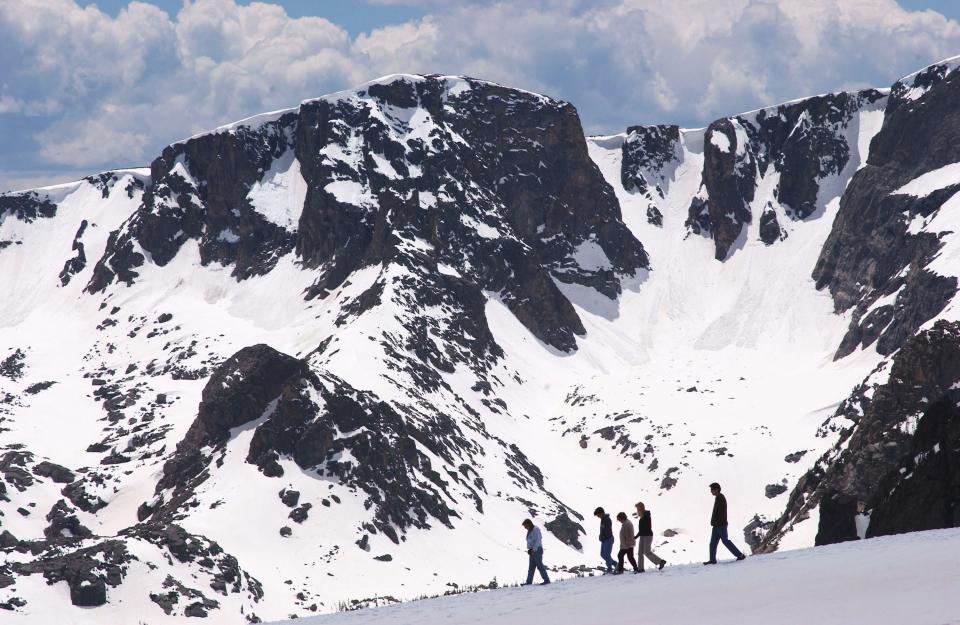
More: New waterfall trail in West Virginia promises 29 'breathtaking' falls
Joshua Tree
Home to a variety of rare plants and animals in southern California, Joshua Tree National Park encompasses two vastly unique ecosystems, the Mojave and Colorado Deserts.
Extreme winds and torrential rain sculpt the surreal landscape, whose inhabitants are threatened by increasing temperatures and altered rain patterns.
More: Some Joshua trees have been cut down during the partial government shutdown
Joshua trees, the very wildlife which inspired the park's namesake, could eventually be a thing of the past.
Cuyahoga Valley
Established in 1974, Cuyahoga Valley National Park in northeast Ohio protects 20 miles of the Cuyahoga River, which flows into Lake Erie and provides hiking, biking, horseback riding, paddling, and cross-country skiing trails.
This region is deemed a priority due to high exposure to risks associated with climate change, vital resources, low ecological adaptivity and a lack of assessment.A climate action plan for the park reports that rising temperatures and changing precipitation patterns expect to impact ecosystems, vegetation and species' habitats within the park.
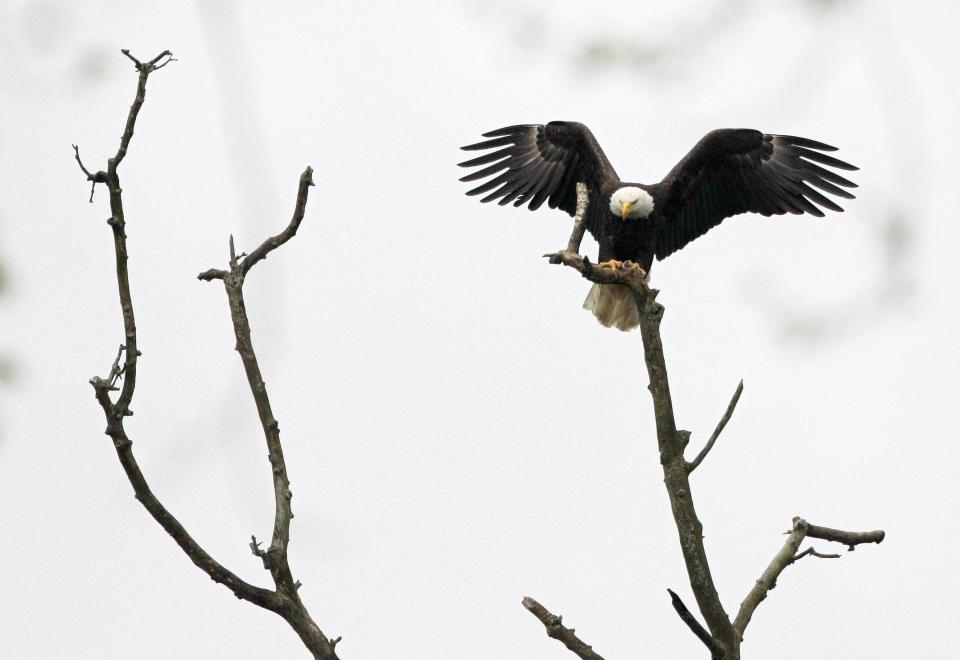
Death Valley National Park: Man found dead in after running out of gas during heat wave
'The moment of reckoning is near': Feds warn huge cuts needed to shore up Lake Mead, Colorado River
This article originally appeared on USA TODAY: Photos: National Parks being threatened by climate change

